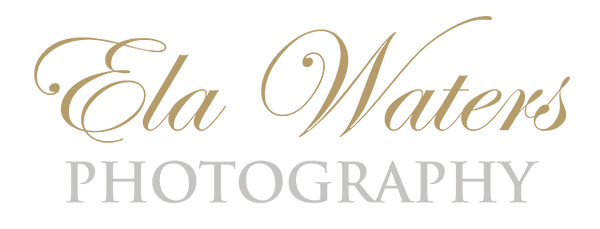People frequently ask me what exactly is fine art photography? Before I answer, I usually take a big breath and brace myself to answer the question in the time it takes to ride a few floors in an elevator as they usually expect a quick answer. And, despite my apprehension to answering their question, I have come to realize that most good answers are the ones that are simple and direct. Hence, I begin by clarifying that fine art photography does indeed have objective criteria despite falling in the subjective and vast realm of art.
The principal and underlying criteria that distinguishes fine art photography from other fields in photography is that fine art photography is not about digitally recording a subject. Using a camera to document what exactly appears in front of the photographer usually falls in the category of photo-journalism and is frequently found in publications that feature purist images taken with a camera to record the scene as it exactly existed at a precise moment in time.
Fine art photography, on the other hand, is first and foremost about the artist. It is not about capturing what the camera sees; it is about capturing what the artist sees. In fine art photography, therefore, the artist uses the camera as one more tool to create a work of art. The camera is used to make an art piece that reveals the vision of the artist and makes a statement of that vision rather than documenting the subject before the lens.
Art implies control of reality, for reality itself possesses no sense of the aesthetic. Photography becomes art when certain controls are applied.
So, a fine art photograph must go beyond the literal representation of a scene or subject. It must deeply express the feelings and vision of the photographer and clearly reveal that it was created by an artist and not by just the camera. It must be clear that it involved an original, deliberate creation and that every aspect of making the photograph in the field and in the photographer’s post-processing digital studio, including the printing, are an individual expression from within the artist. The fine art photographs you see in the article are examples of the works I have recently completed. Please enjoy and share your thoughts, or perhaps examples of your work, in the comments section below.
Cos'è la fotografia artistica?
Le persone spesso mi chiedono cos'è esattamente la fotografia d'arte? Prima di rispondere, di solito faccio un respiro profondo e mi preparo a rispondere alla domanda nel tempo necessario per percorrere alcuni piani in un ascensore, poiché di solito si aspettano una risposta rapida. E, nonostante la mia apprensione nel rispondere alla loro domanda, ho capito che le risposte più valide sono quelle semplici e dirette. Quindi, inizio chiarendo che la fotografia d'arte ha davvero criteri oggettivi nonostante cada nel regno soggettivo e vasto dell'arte.
Il criterio principale e alla base che distingue la fotografia d'arte da altri campi della fotografia è che la fotografia d'arte non riguarda la registrazione digitale di un soggetto. L'uso di una macchina fotografica per documentare ciò che appare esattamente di fronte al fotografo rientra solitamente nella categoria del fotogiornalismo e si trova spesso in pubblicazioni che presentano immagini puriste scattate con una macchina fotografica per registrare la scena esattamente come esisteva in un preciso momento .
La fotografia d'arte, d'altra parte, è prima di tutto sull'artista. Non si tratta di catturare ciò che la fotocamera vede; si tratta di catturare ciò che l'artista vede. Nella fotografia di belle arti, quindi, l'artista usa la macchina fotografica come uno strumento in più per creare un'opera d'arte. La fotocamera viene utilizzata per realizzare un'opera d'arte che rivela la visione dell'artista e fa una dichiarazione di quella visione piuttosto che documentare il soggetto prima dell'obiettivo.
L'arte implica il controllo della realtà, poiché la realtà stessa non possiede alcun senso dell'estetica. La fotografia diventa arte quando vengono applicati determinati controlli.
Quindi, una fotografia d'arte deve andare oltre la rappresentazione letterale di una scena o di un soggetto. Deve esprimere profondamente i sentimenti e la visione del fotografo e rivelare chiaramente che è stato creato da un artista e non solo dalla macchina fotografica. Deve essere chiaro che si trattava di una creazione originale e deliberata e che ogni aspetto della realizzazione della fotografia sul campo e nello studio digitale di post-elaborazione del fotografo, compresa la stampa, è un'espressione individuale all'interno dell'artista. Le fotografie di belle arti che vedi nell'articolo sono esempi delle opere che ho recentemente completato. Divertiti e condividi i tuoi pensieri, o forse esempi del tuo lavoro, nella sezione commenti qui

Commenti recenti